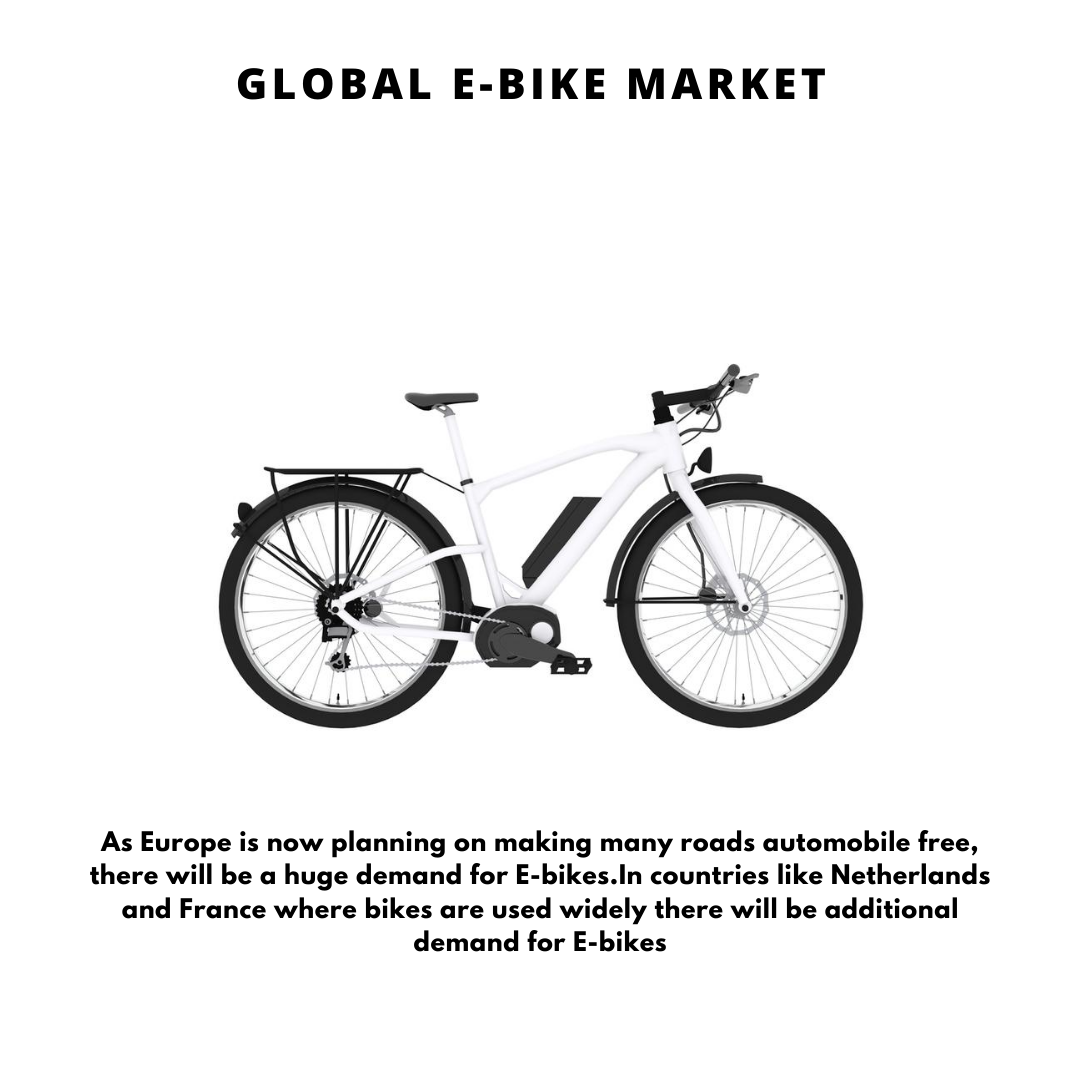Inform Yourself On The Legislations Regulating E-Bike Use In Your Area To Ensure Safe Riding Techniques
Inform Yourself On The Legislations Regulating E-Bike Use In Your Area To Ensure Safe Riding Techniques
Blog Article
Write-Up Created By-Mckee Dejesus
Before you get on your e-bike and hit the streets, it's crucial to understand the legislations and guidelines that govern your city. From rate limits to designated riding locations, there's a lot to consider to ensure you're compliant and secure. By familiarizing yourself with the policies specific to e-bikes, you'll be much better equipped to appreciate your experiences without any unexpected legal concerns. Stay tuned to uncover key understandings that will certainly aid you navigate the e-bike landscape in your city seamlessly.
Understanding E-Bike Classification
When it involves navigating the realm of e-bike laws and regulations, a vital beginning point is comprehending the classification system that categorizes these electric bicycles. E-bikes are normally categorized into 3 main classifications: Course 1, Class 2, and Course 3.
Class 1 e-bikes are pedal-assist only, suggesting they offer aid while the biker is pedaling and have a maximum speed of 20 miles per hour. These bikes are allowed in areas where standard bicycles are allowed.
Class 2 e-bikes are outfitted with a throttle that can move the bike without pedaling. They also have a maximum speed of 20 mph and appropriate for riders that may require aid without pedaling constantly.
Course 3 e-bikes resemble Class 1 but with a higher maximum speed of 28 mph. These bikes are often restricted from specific bike courses or routes as a result of their higher speeds.
Recognizing these classifications is essential for abiding by local policies and making sure a secure and enjoyable e-biking experience.
Navigating Rate Restrictions and Restrictions
To properly navigate e-bike laws and laws, it's essential to comprehend the speed restrictions and restrictions that apply to various courses of electrical bicycles.
https://fattireebikesforsale20875.topbloghub.com/39385485/welcome-the-downplayed-capacities-of-electric-bikes-to-promote-a-greener-and-extra-structured-commute-with-lively-city-landscapes for e-bikes differ depending on the classification of the bike. Class 1 e-bikes, which are pedal-assist only and have a maximum speed of 20 miles per hour, are usually enabled on bike lanes and paths.
Class 2 e-bikes, which have a throttle along with pedal-assist and likewise get to rates of approximately 20 miles per hour, might be limited in specific areas where motorized vehicles aren't permitted.
Class 3 e-bikes, with pedal-assist as much as 28 mph, are generally called for to follow the exact same rules as conventional bikes.
It is necessary to adhere to these speed limitations and restrictions to guarantee your safety and security and the safety and security of others when traveling. Before riding your e-bike, acquaint on your own with the certain policies in your city to prevent any type of prospective penalties or lawful issues.
Where to Ride Your E-Bike
To figure out where you can ride your e-bike, it's vital to know the guidelines and guidelines details to your place. In learn more , e-bikes are generally allowed on roadways and roads where traditional bicycles are allowed. This might include bike lanes, bike paths, and shared highways. Nevertheless, it's vital to examine neighborhood legislations as some cities may have details restrictions on where e-bikes can be ridden.
When riding your e-bike, always prioritize safety by complying with traffic regulations and respecting pedestrian pathways. Furthermore, be mindful of any type of assigned bike lanes or paths in your location and utilize them whenever feasible to make sure a smoother and much safer experience.
Some cities likewise have regulations regarding e-bike use on sidewalks, so make sure to familiarize on your own with these rules to stay clear of any penalties or fines.
Final thought
Now that you know with the regulations and regulations bordering e-bikes in your city, you can with confidence hit the trail recognizing where you can ride and what constraints relate to your e-bike classification. Remember to always visit the following internet page and security and adhere to the rules to make certain a smooth and lawful adventure. Satisfied riding!
